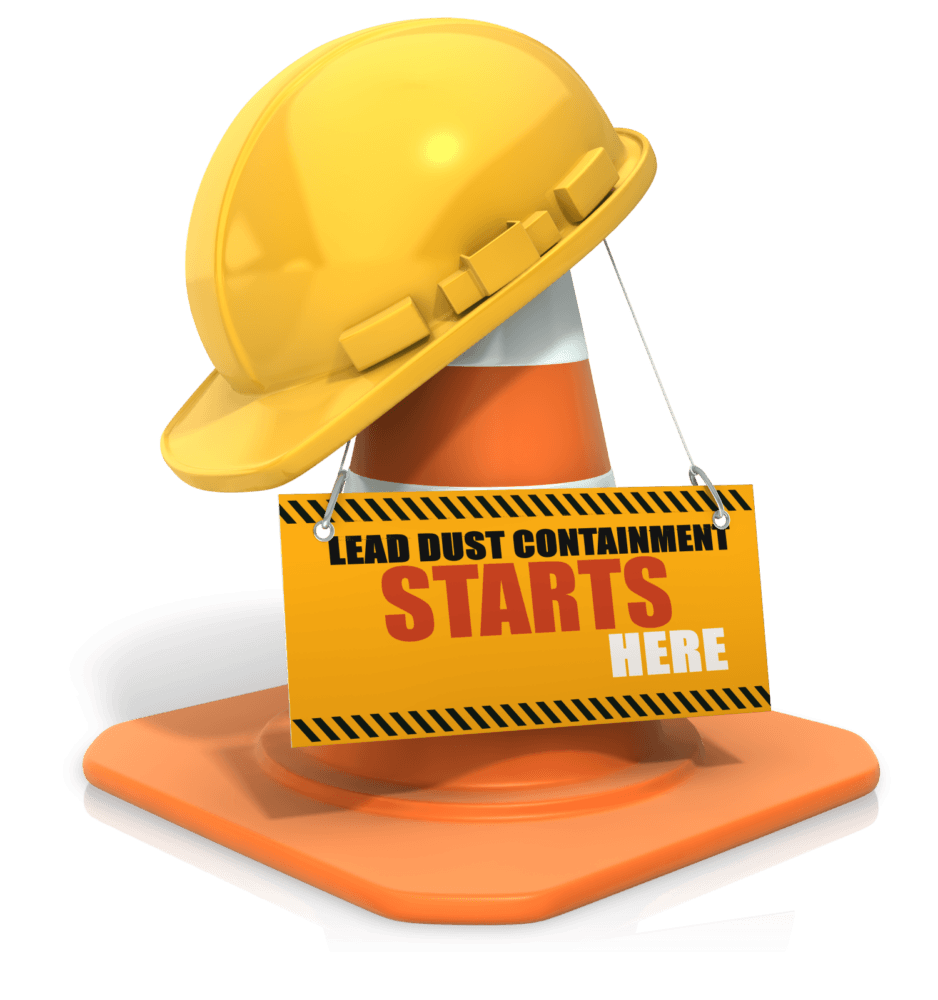Lead Paint Removal Should Be Left to the Professionals
 America’s love affair with lead-based paint was one that lasted for decades. Prior to 1978, the bright white paints favored by many homeowners and endorsed by government agencies for schools and other government buildings, was heavily leaded paint. Lead, a highly toxic metal since linked to severe developmental problems in children, and host of nervous system and other disorders in adults, was a highly prized ingredient in paint. Although the primary colorant in white paint, lead was also a key ingredient in the entire color spectrum of paints, where it was used to speed drying, add durability, and protect paint from excess moisture.
America’s love affair with lead-based paint was one that lasted for decades. Prior to 1978, the bright white paints favored by many homeowners and endorsed by government agencies for schools and other government buildings, was heavily leaded paint. Lead, a highly toxic metal since linked to severe developmental problems in children, and host of nervous system and other disorders in adults, was a highly prized ingredient in paint. Although the primary colorant in white paint, lead was also a key ingredient in the entire color spectrum of paints, where it was used to speed drying, add durability, and protect paint from excess moisture.
The United States Consumer Product Safety Commission banned the use of lead paint in residential structures and government buildings in 1977. The CPSC also banned use of lead paint in furniture and children’s toys to protect children from the risk of lead poisoning from exposure to lead-based paint.
Although nearly three decades have passed since that ban, the legacy of that love affair lives on in many residences, government buildings, and commercial buildings. Unfortunately, as this paint has aged, it has become more fragile, more friable, and more likely to come in contact with people through direct skin contact or by being breathed in as lead-laden dust.
This risk is increased exponentially by demolition or renovation of older homes or buildings that contain lead paint.
For this reason, any lead removal program should be left to a professional, experienced lead removal company.
A professional lead removal company will be able to properly assess the best way to remove leaded paint or other lead-containing building materials. They will also be able to guarantee that the lead removal project adheres to the standards and guideline for safe lead removal as defined by the Environmental Protection Agency’s Resource Conservation and Recovery Act (RCRA). The RCRA is used to collectively describe the guidelines and policies of the EPA in regards to the safe recovery, removal, and cleanup of hazardous waste such as lead.
In addition, trained removal specialist can also be trusted to make sure that your work site meets Occupational Safety and Health Administration (OSHA) guidelines to ensure the health of anyone working on or near the lead-removal project.
Removing lead is a serious project that carries with it considerable risk, risk which can be greatly reduced by choosing the right company to handle your lead removal project.
ECOBOND® is well versed in EPA requirements and your responsibilities as a lead-based paint renovator. Contact us to see how we can be the first step to putting you and your project on the right side of the law with our patented Paint-it-on Leave-it-on® formula.

 Lead exposure is a common hazard for contractors and other workers on renovation or demolition projects. Airborne lead can affect air quality, increase many health risks, and compromise EPA compliance.
Lead exposure is a common hazard for contractors and other workers on renovation or demolition projects. Airborne lead can affect air quality, increase many health risks, and compromise EPA compliance. The United States banned lead-based paint in 1978, but lead paint may still be found in older structures. For major commercial or industrial projects, such as upgrades to bridges or power plants, requires careful consideration.
The United States banned lead-based paint in 1978, but lead paint may still be found in older structures. For major commercial or industrial projects, such as upgrades to bridges or power plants, requires careful consideration. When people heard about lead poisoning in Flint, Michigan, most of them were scratching their heads in confusion. Lead poisoning? That would have been like a news story about how scurvy just made a roaring comeback when no one was looking. We realized that lead was a problem decades ago... that's why we stopped putting it in our paint, and in our gasoline.
When people heard about lead poisoning in Flint, Michigan, most of them were scratching their heads in confusion. Lead poisoning? That would have been like a news story about how scurvy just made a roaring comeback when no one was looking. We realized that lead was a problem decades ago... that's why we stopped putting it in our paint, and in our gasoline. Lead has been used in a variety of ways for centuries, from building materials to gasoline. Widespread use of this toxic substance, however, creates widespread health risks. According to the
Lead has been used in a variety of ways for centuries, from building materials to gasoline. Widespread use of this toxic substance, however, creates widespread health risks. According to the